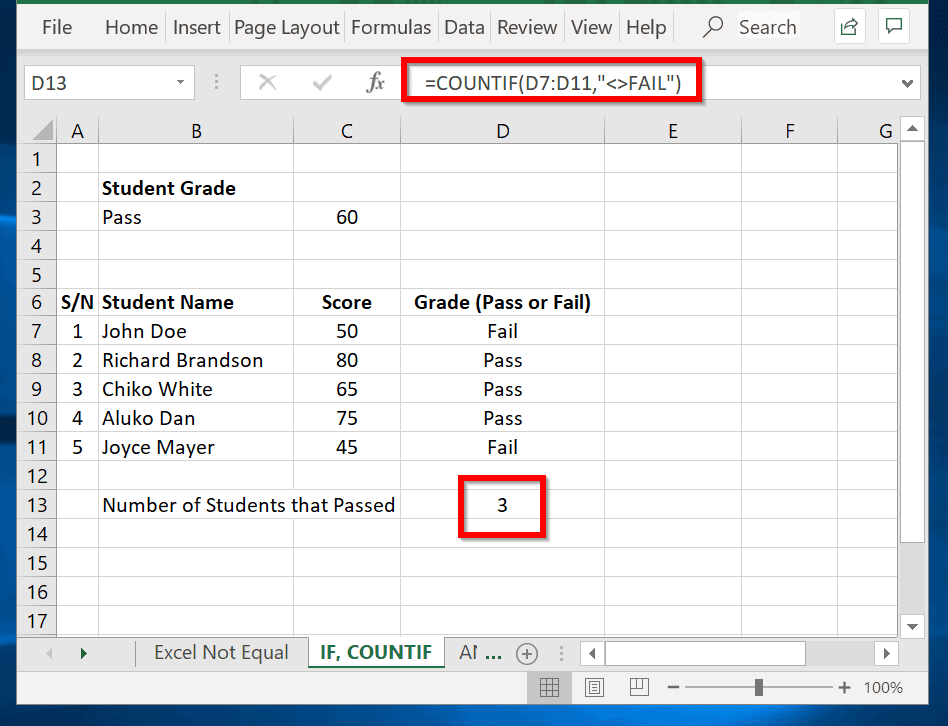

Now the != operator is saying, "I have made my observations and concluded that the three babies are not identical facially" and that is completely True. Imagine a, b and c as triplets and each baby's face was represented by a number.

To make this simpler to understand, the operator is only going look at the values of each operand and then compare all of them without adding one operand to the other. If you were expecting a value of false then you were probably trying to add some of the values during the comparison. Next, we will compare more than two values. # True, the value of a is not equal to the value of b Print(the value of a does not equal the value of b)
#DOES NOT EQUAL SIGN C CODE#
If you still find this hard to grasp, then I will represent the code above using plain English to rewrite each line below: a is equal to 600 a = 600Īs expected, the above operation returns true because the value of a is not equal to the value of b. Here, we will define two variables and then compare their values.
#DOES NOT EQUAL SIGN C HOW TO#
How to compare numeric values using the != operator in Python Let's see a few examples of how it works.

!= is the symbol we use for the not equal operator. If the values compared are not equal, then a value of false is returned. If the values compared are equal, then a value of true is returned. It returns either true or false depending on the result of the operation. The not equal operator is a relational or comparison operator that compares two or more values (operands). There are many other operators in Python which are divided into groups but in this tutorial we will be focusing on the not equal operator ( !=). Not equal operator ( !=) firstNumber = 10Īgain, the operator is the != symbol and the operands are firstNumber and secondNumber. Similar to the last example, * is the operator while c and d are the operands. The operator here is the + symbol which adds the value of a and b which are the operands. Here are a few examples of operators and how they interact with operands: Addition operator ( +) a = 10 These values or variables are known as the operands of the the operator so the operator performs its operation on them and returns a value. They carry out specific operations on certain values or variables. Operators are symbols that denote a certain type of action or process. Operators and Operands in Pythonīefore talking about the not equal operator, let's understand what operators and operands are in general. In this tutorial, we will talk about the not equal operator in Python and also see a few examples of how it works. When you're learning the basics of most programming languages, you are bound to come across operators.


 0 kommentar(er)
0 kommentar(er)
